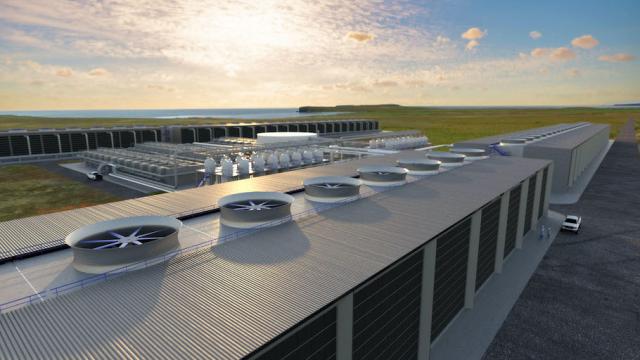
A rendering depicts what Carbon Engineering’s large-scale direct air capture plants, such as the Oxy Low Carbon Ventures and Rusheen Capital Management project in the Permian Basin, will look like. (Source: Carbon Engineering)
Global emissions of CO2 is a shared problem. China leads in absolute emissions, accounting for about 30% of the global total and double that of the next in line, the U.S.
India and Russia follow, and Japan completes the top five as its leader in per capita emissions. Together, the five leading emitters account for about 58% of the world’s total.
When it comes to capturing that carbon, the math is simpler: there is the U.S. and everybody else far behind the U.S.
China operates three CO2 capture facilities and Norway has two. Australia and Brazil each have one, and a trio of facilities operate along the Persian Gulf. The majority of the 29 existing plants, however, are in the U.S. with three operating in Canada. Operations are suspended for two of the plants, both in the U.S.
Of course, the real story of carbon capture, utilization and sequestration (CCUS) is not merely those facilities in operation but those in development.
Since 2020, the IEA reports, world governments and industry have committed about $18 billion toward CCUS projects. Of the 58 projects identified by the Global CCS Institute as in the advanced development stage, 45 are in the U.S. (Only four plants are under construction at the moment—two in Norway, one in China and one in the U.S., the ZEROS Project on the Gulf Coast.)
The organization identified 44 projects in the early stages of development. Of those, 10 are in the U.S. and four are in Canada.
All of that is impressive, but it won’t be sufficient to achieve net-zero emissions goals, the IEA said in its “CCUS in Industry and Transformation” report.
“Although a more inviting investment environment and net-zero goals are raising interest in CCUS, its deployment remains woefully below the level required in the Net Zero Emissions by 2050 Scenario,” the report said. “Targeted support for lower-cost and less complex industrial CCUS applications, along with greater investment in CO2 transport and storage infrastructure, could unlock significant near-term emissions reductions.”
The organization’s net-zero roadmap, released in May 2021, lays out what countries need to do to achieve their goal of net-zero carbon emissions by 2050. The thrust of the IEA’s report has been often misunderstood and sometimes distorted as a dictate for the world to immediately abandon fossil fuel use. Recently, Saudi Arabia led OPEC+ in a decision to stop using the IEA’s energy data.
In it, IEA’s analysts evaluate data to determine what nations would be required to do to meet their own commitments. If the nations involved were to alter their goals or commitments, the data and conclusions would change, as well.
Existing facilities worldwide can remove up to 40 million tonnes per annum (mtpa) of CO2, the IEA said. If all of the planned projects come to fruition, carbon capture could quadruple.
U.S. projects alone have the potential to more than double industrial CCUS capacity and, if they succeed, can on their own almost double global capacity. In the U.S., project developers can apply for the federal 45Q tax credit and other policies, including the California Low Carbon Fuel Standard, for financing assistance.
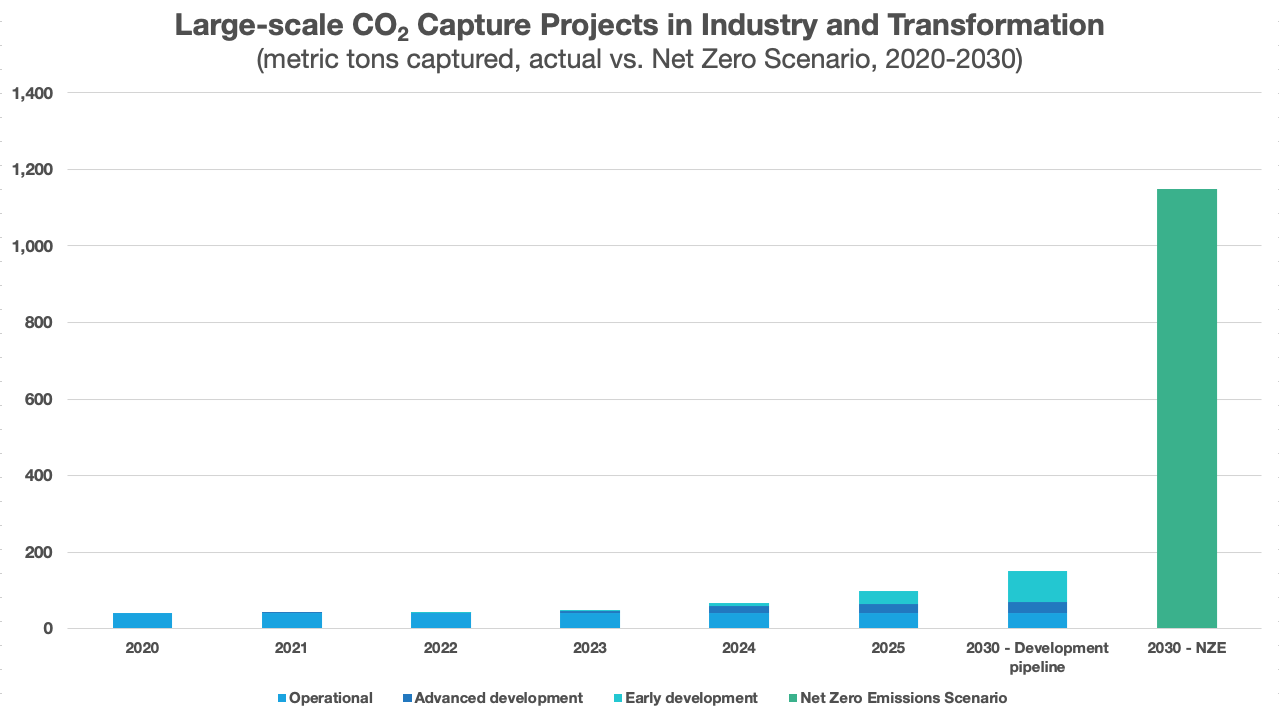
The chart shows why the ambitious buildout of CCUS will fall far short of the 2030 target, making the 2050 net-zero goal that much more difficult to reach.
Global operational facilities can capture a maximum of 40 mtpa, a level that will not change from now until 2030. The capacity plants in the advanced development stage rise dramatically from 1 mtpa to 30 mtpa as those projects graduate from the early development list. Likewise, capacity in early development projects will soar from 1 mtpa in 2022 to 81 mtpa in 2030.
But even if all facilities—existing and in various stages of development—were to be completed and operational at full capacity in 2030, the global total would be 151 mtpa. That total would represent a mere 13.1% of the 1,149 mtpa needed to keep the world on track to meet the 2050 goal. Realistically, the 40 mtpa will only represent 3.5% of that 2030 milestone.
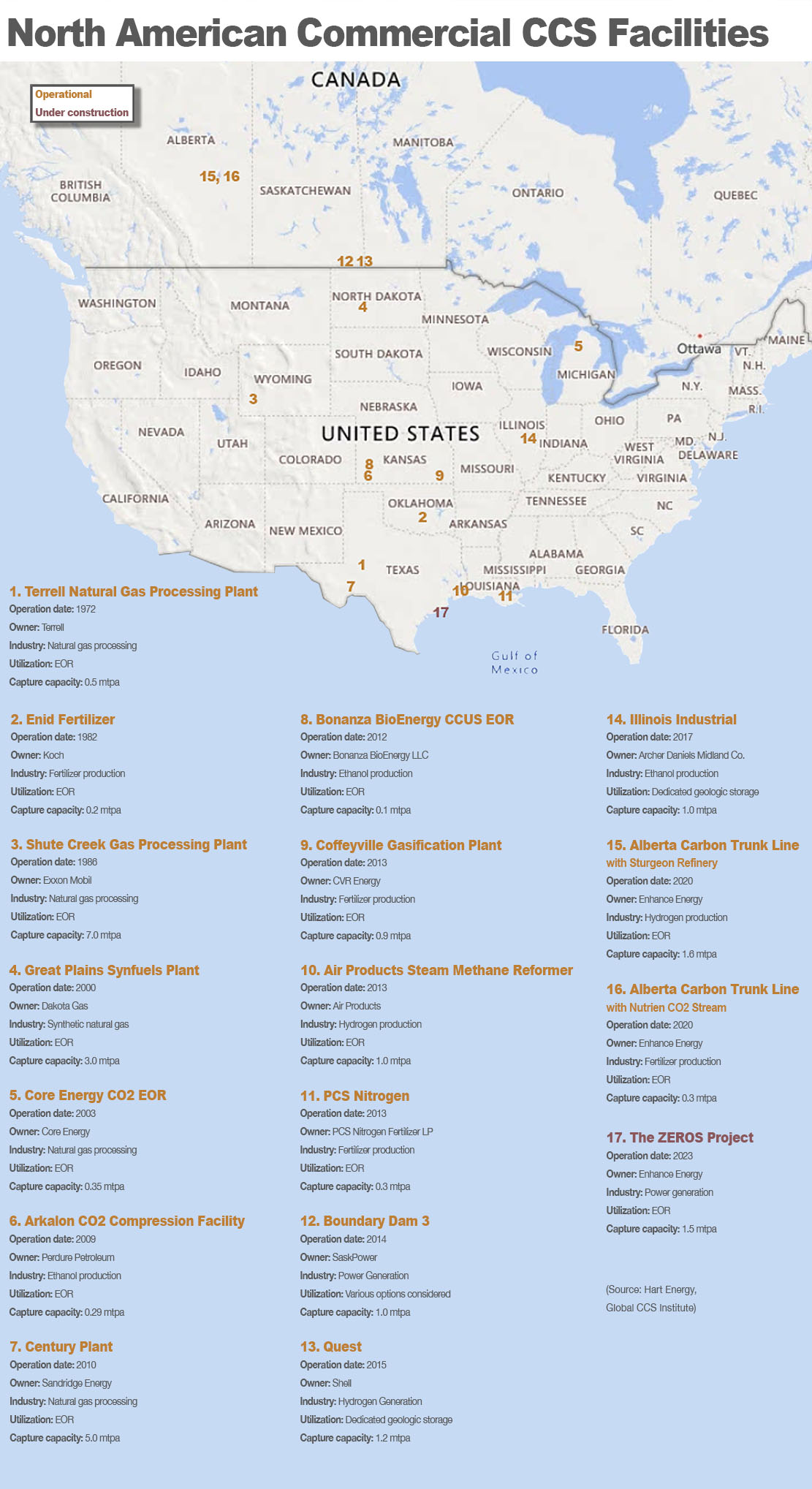
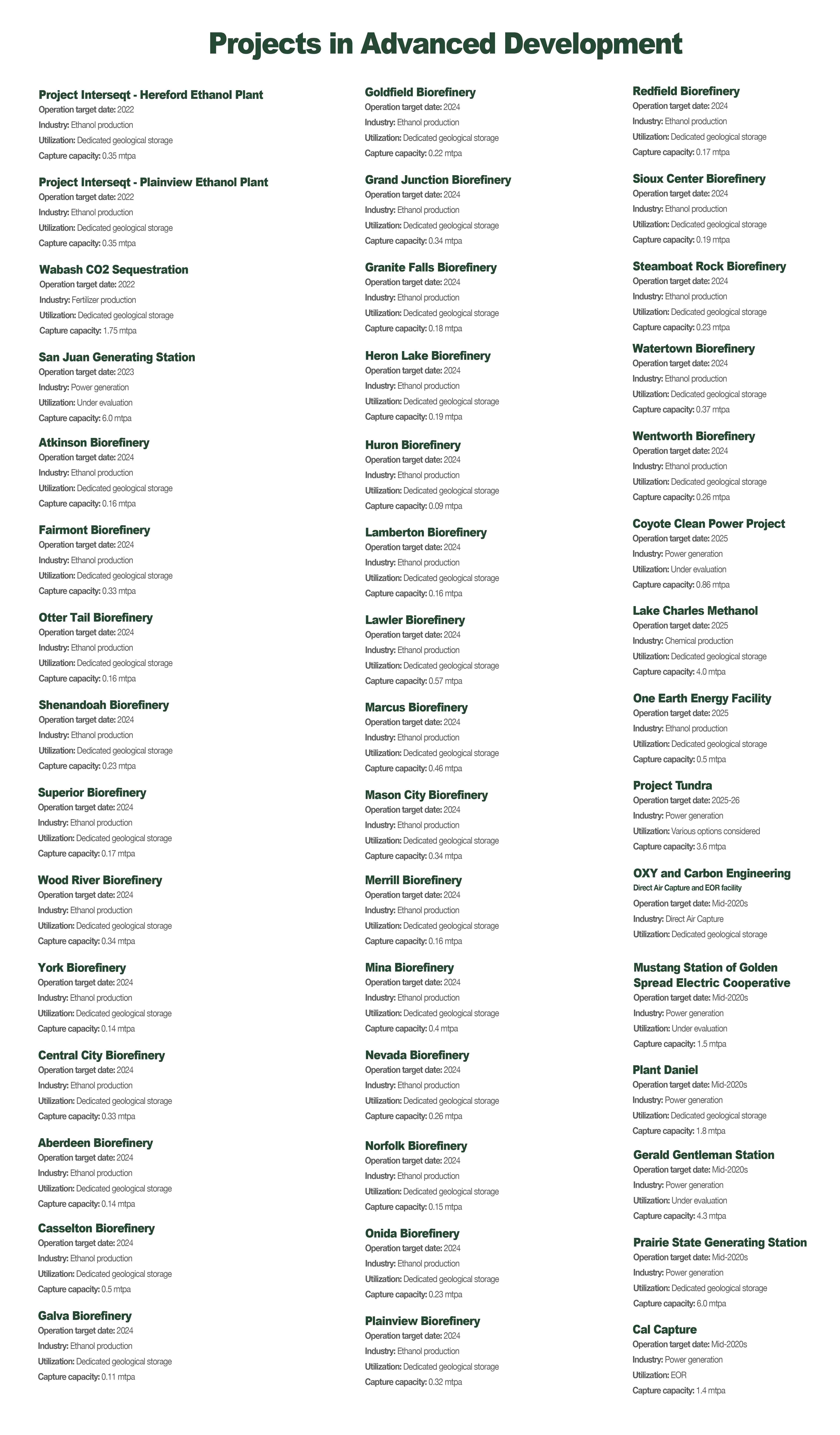
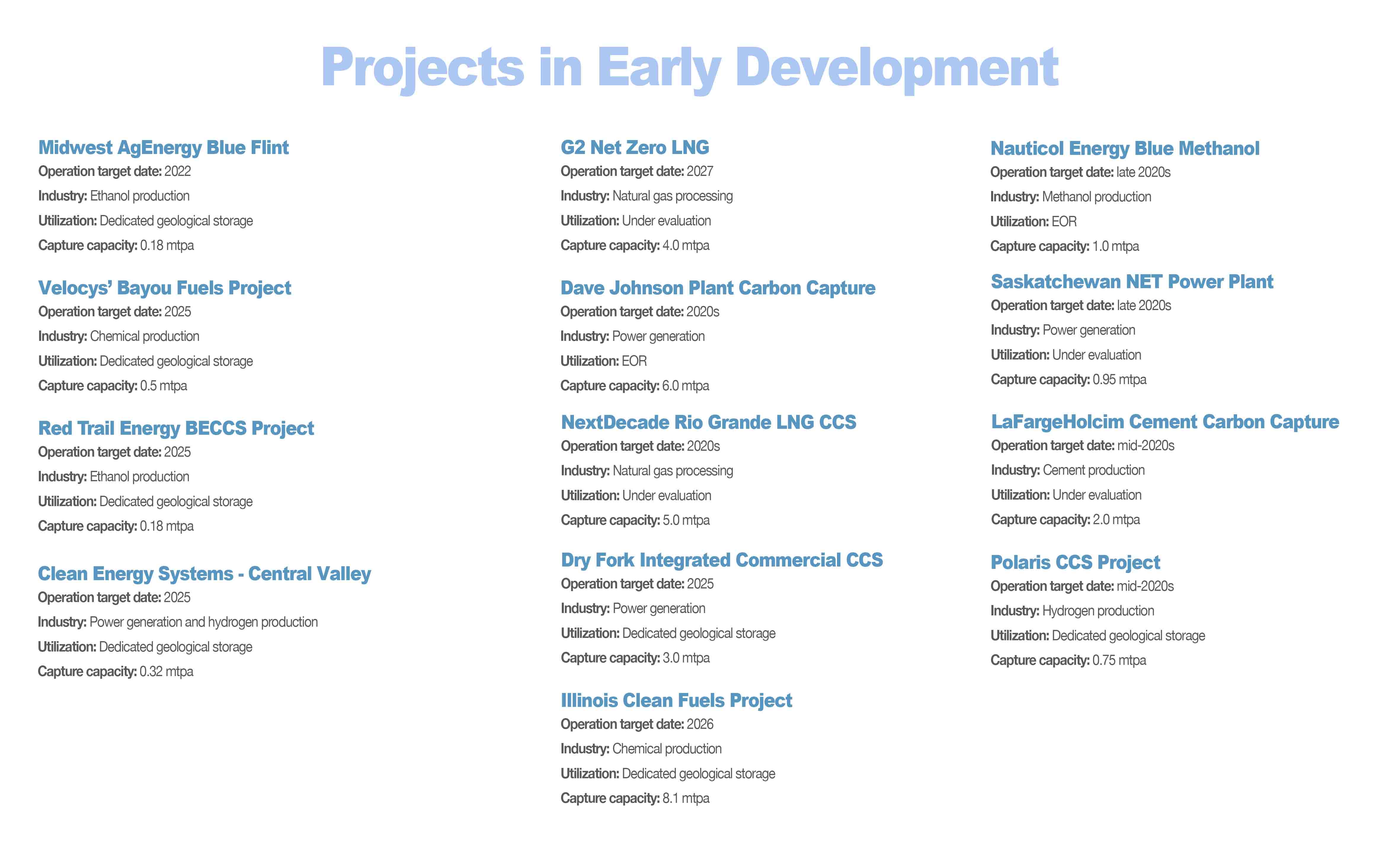
(Source: Global CCS Institute)
Recommended Reading
CEO: Continental Adds Midland Basin Acreage, Explores Woodford, Barnett
2024-04-11 - Continental Resources is adding leases in Midland and Ector counties, Texas, as the private E&P hunts for drilling locations to explore. Continental is also testing deeper Barnett and Woodford intervals across its Permian footprint, CEO Doug Lawler said in an exclusive interview.
TotalEnergies Starts Production at Akpo West Offshore Nigeria
2024-02-07 - Subsea tieback expected to add 14,000 bbl/d of condensate by mid-year, and up to 4 MMcm/d of gas by 2028.
E&P Highlights: Feb. 5, 2024
2024-02-05 - Here’s a roundup of the latest E&P headlines, including an update on Enauta’s Atlanta Phase 1 project.
CNOOC’s Suizhong 36-1/Luda 5-2 Starts Production Offshore China
2024-02-05 - CNOOC plans 118 development wells in the shallow water project in the Bohai Sea — the largest secondary development and adjustment project offshore China.
US Drillers Cut Oil, Gas Rigs for First Time in Three Weeks
2024-02-02 - Baker Hughes said U.S. oil rigs held steady at 499 this week, while gas rigs fell by two to 117.





